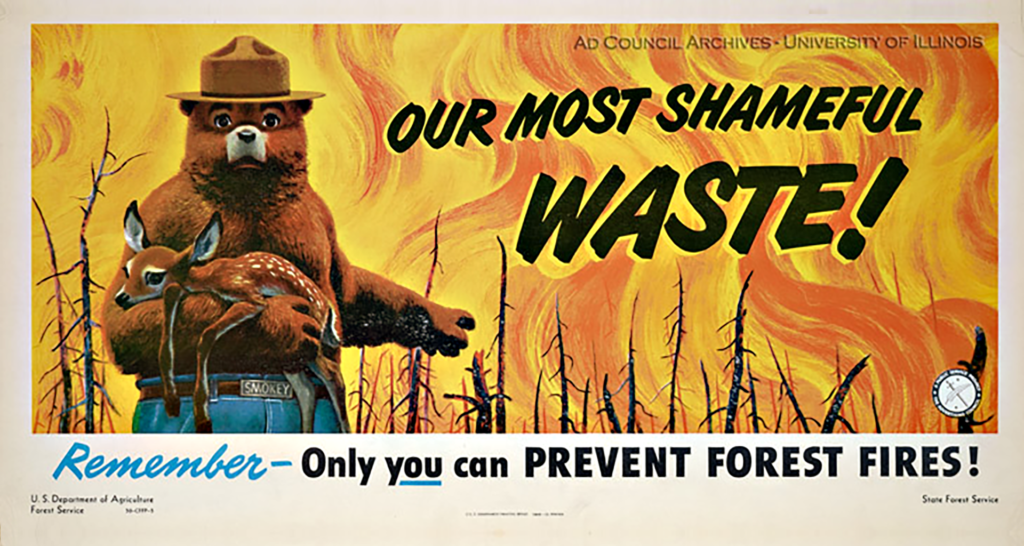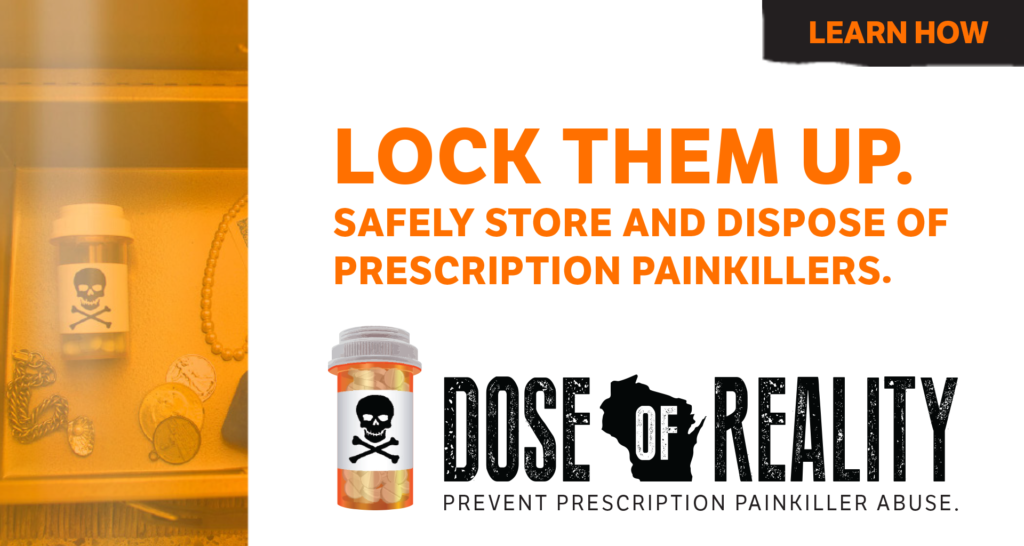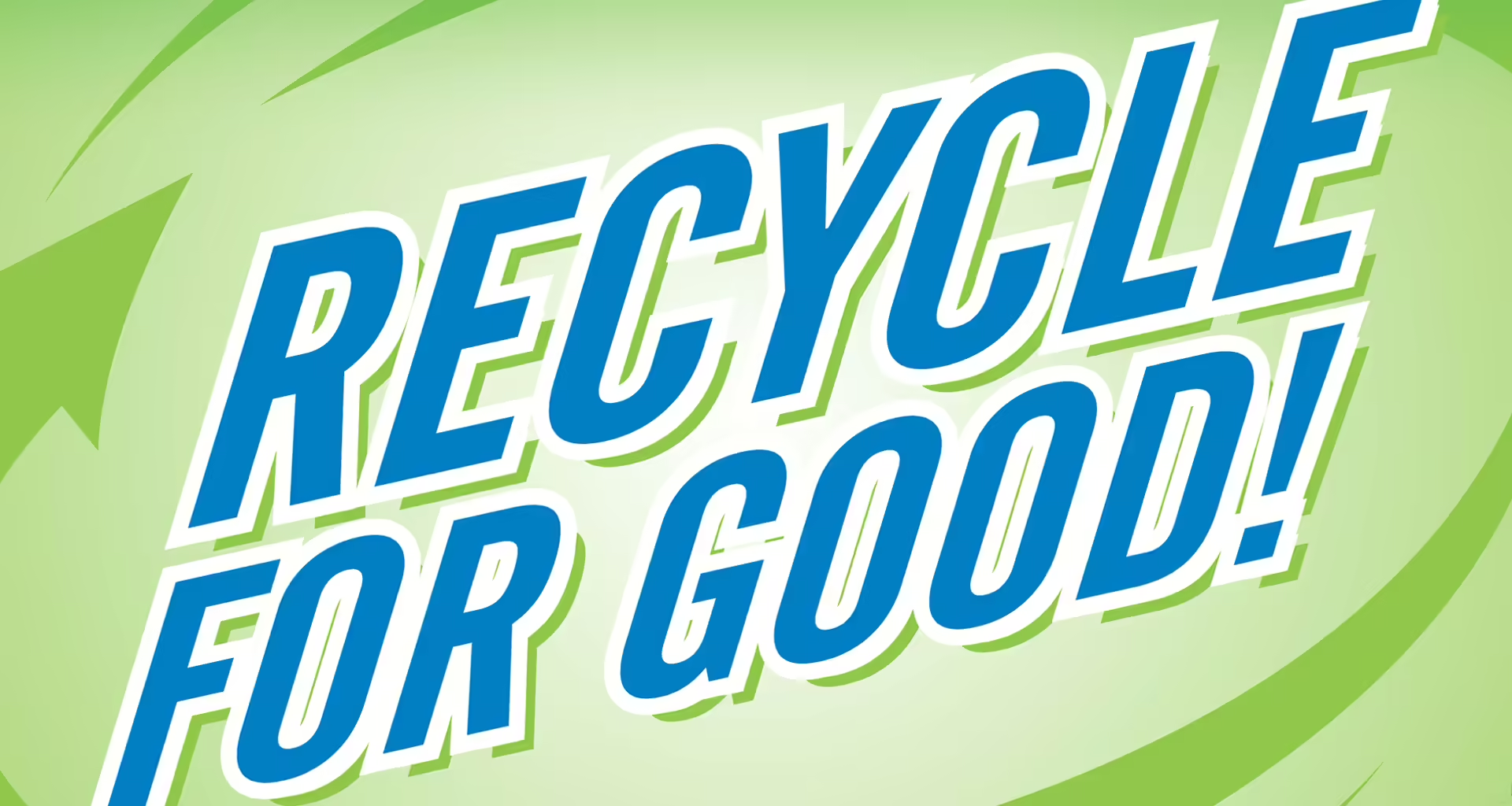Want to Effect Change for the Better? Consider Social Marketing
Have you ever wanted to exercise more? Stop smoking? Get your teenager to wear a seat belt in the car? Chances are, at one time or another we all have wanted to change behavior for the betterment of ourselves, our family or our society. There is an entire type of marketing devoted to affecting that type of behavioral change – it’s called social marketing. Social marketing (not to be confused with social media marketing!) uses traditional and digital marketing techniques to educate people in order to drive behavioral change. The goal of this type of marketing is to raise awareness surrounding a certain cause or problem in order to change the behavior instead of to sell a product or service. Social marketing is a strategy commonly used in public health and safety, in particular. These are some classic social marketing campaigns:

Image Source httpswwwnytimescom20160808businessmediathis is your brain on drugs tweaked for todays parentshtml

Image Source httpsarchiveslibraryillinoisedublogthe birth of smokey bear

AFFIRM specializes in creating memorable, attention grabbing social marketing campaigns. The DOSE OF REALITY graphic above is from the Wisconsin Prescription Opiate Abuse Awareness and Prevention Campaign we created in conjunction with the Wisconsin Departments of Justice and Health Services. In addition to running in Wisconsin, this campaign has been adopted for use in seven other states and has contributed to positive change in attitudes and behaviors since it launched in 2015. AFFIRM has worked alongside State, County, and Municipal public health, transit and transportation, public works, law enforcement, natural resources and environmental organizations to seek behavioral change for issues as varied as substance abuse prevention, water conservation, air quality improvement, motorcycle safety, seat belt usage, impaired driving prevention, distracted driving reduction, increase recycling, employee benefits enrollment, wellness programs and more.
So, how do you approach a social marketing campaign?
- Step 1: Identify/quantify the issue or challenge – define the desired change in behavior and how it will be measured
- Step 2: Define the target audience/influencers; those most at risk of taking part in the behavior and the people with influence over them
- Step 3: Identify/qualify the obstacles to making the change in behavior among the target audience
- Step 4: Create messaging that addresses those obstacles/offers a path to the desired behavior
- Step 5: Consistently get the message in front of the target audience(s) via strategic marketing, education and outreach
- Step 6: Measure campaign effectiveness – NOTE: With behavior change efforts, this often happens over the course of years, not months!
The importance of social marketing has never been higher – getting the public to understand the risks of COVID-19 and what they can do to stop its spread is just one example of that. However, this approach is something that can be used by businesses as well, for wellness or safety programs. We’ll get into more detail about each of these steps in our series of blogs on Social Marketing over the next few months.



